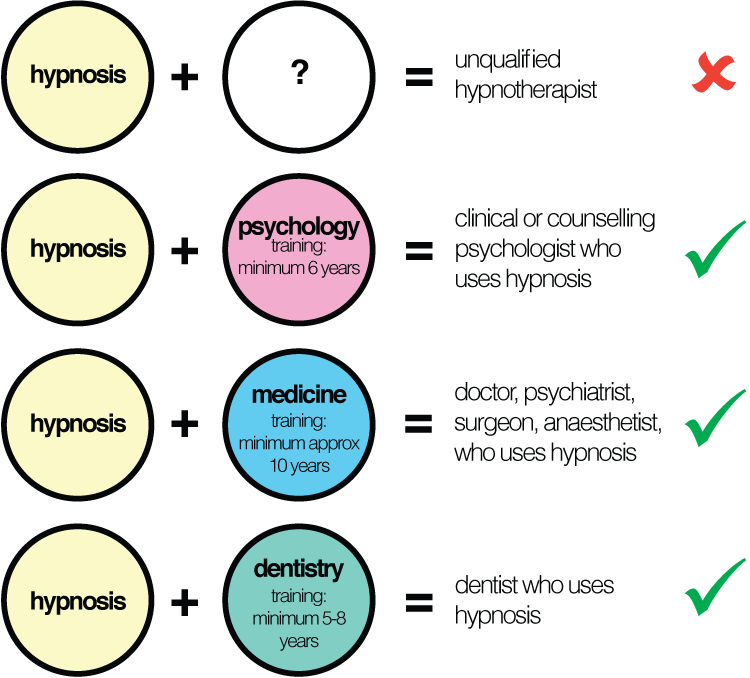
Behavioural stimulation is a proven method to reduce anxiety and create a meaningful life. It can be used in hospitals, substance abuse units, and classes. It is also effective in community settings. There are many issues with behavioural activated treatment in mental health care. Here are a few points to keep in mind when applying it in practice.
First, behavioural activation works by identifying problems and activities that the patient avoids. From there they create a value direction that they can follow in a given time frame. Patients should use a schedule to help them start making small changes and increasing their activity. Instead of trying to squeeze in too many activities into their day, patients should be able to start slowly and then build up. People's thoughts and feelings change when they do something. This can help them become more motivated.

Education of clients is an important part of behavioural activation. Some clients may not understand the exact purpose of the therapy and may not understand why they are doing it. Supportive social networks can be helpful for clients in such cases. It is a good idea to choose a friend/family member that can help them keep their plans on track. Clinicians should keep an eye on clients if there is a long gap between sessions to make sure they are on track.
Behavioral activation can apply to many different groups. The research on the technique has been conducted on various age groups, ethnic groups, and religious backgrounds. Different forms of depression can be treated with the basic model. Behavioral activation offers a systematic method of treating anxiety and depression. The therapist can help patients begin behavioural activation immediately they feel it will be beneficial.
The practice of BA is relatively new. The technique is relatively new, even though it has been around for many decades. While it is considered to be more effective than other psychotherapies for treating depression, it's not the only option. It is worth trying if you are unsure of your ability to do it. An therapist can help teach you how to do things your way. There are many benefits to behavioural activation.

Mixed results have been reported for behavioural activation therapy. It may not be as effective as regular treatment, but it might still be an effective option. It is possible to treat this condition, depending on how well you apply behavioural activated treatment. In general, it is best to start by implementing a broader program that addresses the underlying causes of your symptoms. You can improve your overall health by following a good plan of action.
FAQ
How to measure your body fat
A Body Fat Analyzer is the best way to measure body weight. These devices are used to determine the percentage of bodyfat in people who desire to lose weight.
Does being cold give you a weak immune system?
It has been said that there are two types of people on the planet: those who love winter, and those who don't. You might wonder why you feel so miserable in the cold, no matter how much you love or hate winter.
The answer lies in the fact that our bodies are designed to function best during warm weather. Hot climates are where our food sources are most plentiful, and we evolved to thrive there.
Now, however, we live in a completely different environment to how our ancestors lived. We spend more time indoors than ever before, and are often exposed both to cold and heat extremes.
As a result, our bodies aren't used to such extremes anymore. When we do venture out, our bodies are unable to cope with the extremes.
There are ways to combat these effects though. Keep your body hydrated. You can help flush toxins out of your body by drinking plenty of water.
A healthy diet is another important thing. Your body will stay at its best when you eat healthy foods. This is especially helpful for people who spend a lot of time indoors.
Take a few minutes every morning to meditate. Meditation can help you relax your mind, body and soul. This makes it easier to manage stress and illnesses.
Exercise: Is it good or bad for immunity?
Exercise is good for your immune systems. Your body creates white blood cells when you exercise that fight infection. Your body also gets rid of toxins. Exercise can help prevent heart disease and cancer. It reduces stress.
However, overtraining can damage your immune system. Your muscles can become sore if you exercise too much. This can lead to inflammation and swelling. To fight infection, your body will produce more antibodies. However, these antibodies can also cause allergic reactions and autoimmune diseases.
So, don't overdo it!
What is the problem with BMI?
BMI stands for Body Mass Index. This is a measure of body fat that is calculated based on height or weight. The following formula can be used to calculate BMI.
Divide the weight in kilograms by the height in meters squared.
The result is expressed using a number from 0 through 25. A score of 18.5+ indicates that you are overweight. A score higher than 23 indicates that you are obese.
A person who is 100 kg in weight and 1.75m in height will have a 22 BMI.
How do you get enough vitamins?
You can obtain most of your daily requirement through diet alone. Supplements may be necessary if you are not getting enough of a particular vitamin. A multivitamin supplement can provide all the vitamins you require. You can also buy individual vitamins at your local pharmacy.
Talk to your doctor about the best foods for vitamins if you're concerned about not getting enough nutrients. You can find vitamins K and E in dark green leafy vegetable such as spinach, kale and turnip leaves, as well a variety of sweet potatoes and sweet potatoes.
If you are not sure how much vitamin you should be consuming, ask your doctor. Based on your medical history, and your current health status, your doctor will recommend the right dosage.
How often should you exercise?
Fitness is key to a healthy lifestyle. There is no set time limit for exercising. Finding something that you love and sticking with it is the key.
When you exercise three times per week, aim for 20-30 minutes moderate intensity. Moderate intensity is when you still have to breathe hard after the workout. This type of workout burns around 300 calories.
Walking is a great option if you are a keen walker. You can do 10-minute walks four days per week. Walking is low-impact and easy on the joints.
You can also run for 15 minutes, three times per week. Running is an excellent way to lose weight and tone your muscles.
Begin slowly if your are not used to working out. Begin by only doing 5 minutes of cardio five times per week. Gradually increase the amount of cardio you do until you reach your goal.
Statistics
- This article received 11 testimonials and 86% of readers who voted found it helpful, earning it our reader-approved status. (wikihow.com)
- According to the 2020 Dietary Guidelines for Americans, a balanced diet high in fruits and vegetables, lean protein, low-fat dairy and whole grains is needed for optimal energy. (mayoclinichealthsystem.org)
- WHO recommends reducing saturated fats to less than 10% of total energy intake; reducing trans-fats to less than 1% of total energy intake; and replacing both saturated fats and trans-fats to unsaturated fats. (who.int)
- According to the Physical Activity Guidelines for Americans, we should strive for at least 150 minutes of moderate intensity activity each week (54Trusted Source Smoking, harmful use of drugs, and alcohol abuse can all seriously negatively affect your health. (healthline.com)
External Links
How To
What does the "vitamins” word mean?
Vitamins can be described as organic compounds found in food. Vitamins allow us to absorb nutrients from food. Vitamins cannot be produced by the body. They must be acquired from food.
There are two types vitamins: water soluble or fat soluble. Water-soluble vitamins dissolve quickly in water. Some examples include vitamin C,B1 and B2 vitamins (thiamine), B2 and riboflavin, B3 and B6 vitamins (niacin), folic acids, biotin, pantothenic acids, and cholesterol. Fat-soluble vitamins can be stored in the liver or in fatty tissue. Examples include vitamin D, E, K, A, and beta carotene.
Vitamins can be classified according to biological activity. There are eight major types of vitamins:
-
A - Essential for healthy growth and health maintenance.
-
C - essential for nerve function and energy generation.
-
D - Essential for healthy teeth and bones.
-
E is necessary for good vision, reproduction.
-
K - Required for healthy nerves and muscles.
-
P - vital for building strong bones andteeth.
-
Q - aids digestion and absorption of iron.
-
R - necessary for making red blood cells.
The recommended daily allowance of vitamins (RDA), varies according to age, gender, physical condition, and other factors. The U.S. Food and Drug Administration has established the RDA values.
For adults 19 years and over, the RDA of vitamin A is 400mg per day. For fetal development, pregnant women need 600 mg per day. Children ages 1-8 require 900 micrograms per day. Children under 1 year old require 700 micrograms daily, while infants over one year old need 500 micrograms every day. This decreases between 9 and 12 months.
Children ages 1-18years who are obese need 800 micrograms per day while those who are overweight need 1000 micrograms per day and children who are underweight need 1200 micrograms per day to meet their nutritional needs.
Children 4-8 years old who have anemia must consume 2200 micrograms of Vitamin C daily.
Adults over 50 years of age need 2000 micrograms per day for general health. Mothers who are pregnant, nursing, or have a high nutrient need will require 3000 micrograms a day.
Adults over 70 years of age need 1500 micrograms per day since they lose about 10% of their muscle mass each decade.
Women who have been pregnant or are lactating require more than the RDA. Pregnant women require 4000 micrograms daily during pregnancy, and 2500 micrograms every day after birth. Breastfeeding mothers need 5000 mg per day when breastmilk is being produced.